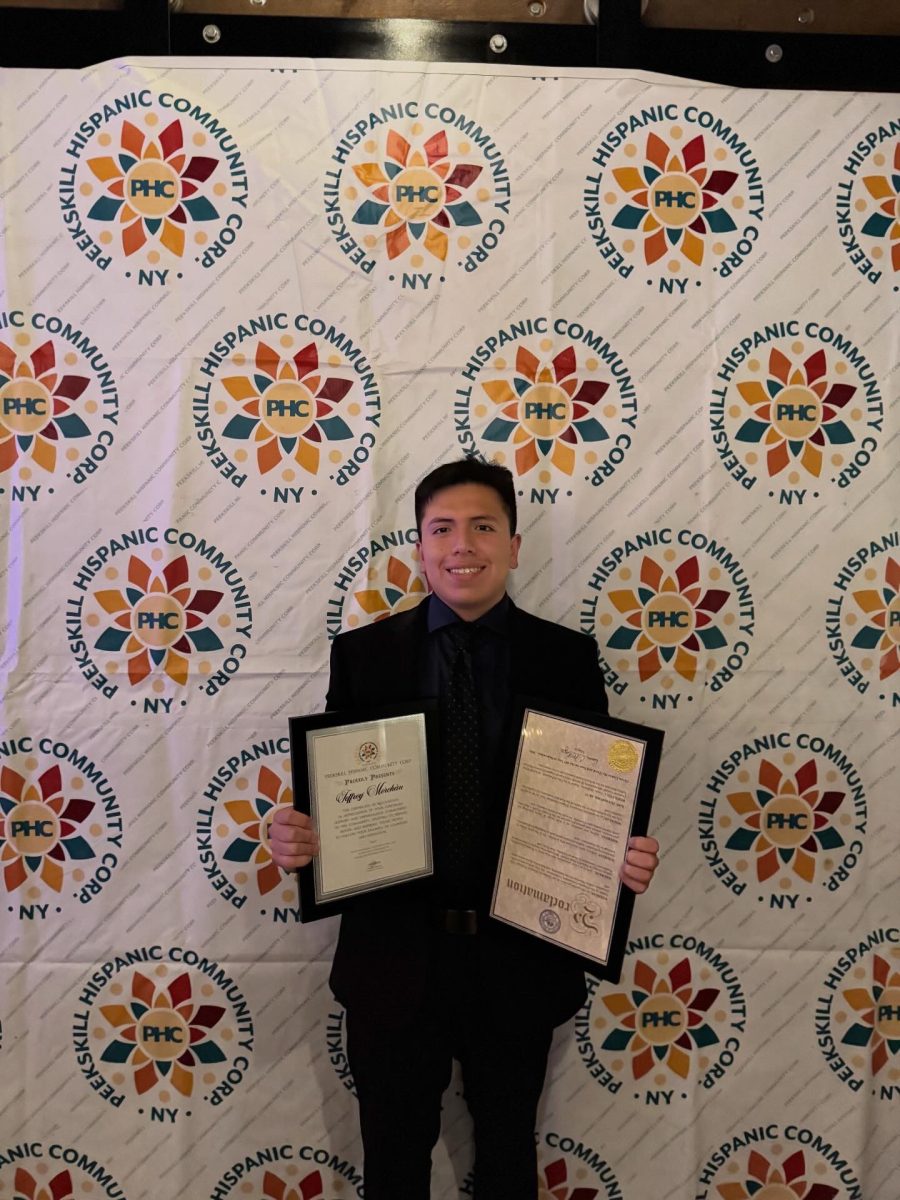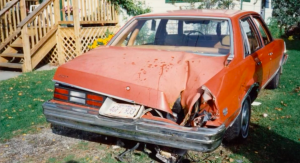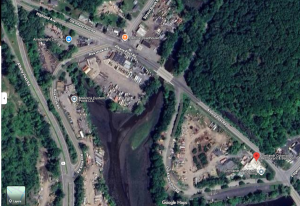Holtec has state lawmakers over a barrel
Radioactive river release appears timed to exploit Albany gridlock
The view from Steamboat Dock in Verplanck, down river from Indian Point. The Cortlandt Waterfront Park in Verplanck will be the site of a massive rally against the plan to dump radioactive water into the river on Saturday, May 6 at 2 p.m. Performers include Dar Williams, Tom Paxton and Brian McGrath.
April 7, 2023

Everything about the announcement smells fishy. Not the least of which is the timing. Holtec International announced this week it plans to dump up to 45,000 gallons of radioactive wastewater into the Hudson in May, three months earlier than they indicated at February’s Decommissioning Oversight Board meeting.
They chose a week when New York State legislators are negotiating the state budget and haven’t yet voted on S5181, a bill introduced by local representatives prohibiting the discharge of any radiological agent into the waters of the state. The bill, which includes a stipulation that violations would be met with fines of $25,000 per day, then $50,000 per day for a second violation and $150,000 per day per violation thereafter, has stalled in committee as deliberations around passing the state budget take precedence.
They chose a week of school vacation, around religious holidays when many residents are away or otherwise distracted.
They chose now to scrub the boron from the stainless steel walls of tanks holding tritium- and boron-tainted water in the spent fuel pools. They indicated they need to release 18,000 gallons in increments in order to lower the water level in the tanks to do cleaning.
Outrage and frustration describes the reaction to their timing. The discharge is allowed under rules established by the federal Nuclear Regulatory Commission. New York State only has authority for nonradioactive materials that Holtec releases.
“Why are they scrubbing boron now, and starting to put water out in batches?” asked Assemblywoman Dana Levenberg on Thursday. “Holtec’s timing shows profound disrespect for our community, particularly as we are approaching the season when so many are turning to the river for fishing, swimming, boating, and so much more.”
Holtec has said they will allow state regulators to sample the water to independently verify the contents.
“We felt that the State could play an important role by verifying the contents of the treated water, and we will provide additional information about how we will perform this check at the April 27 Decommissioning Oversight Board (DOB) meeting,” said Tom Condgon, chairman of the decommissioning board, in an email to board members this week.
“Holtec’s agreeing to allow the state to test the radioactive wastewater as it travels to the Hudson is a small concession gained by our state agencies but not a solution to the problem,” said Senator Pete Harckham. Activists like to say that Holtec subscribes to the ‘dilution is the solution’ theory (with which they strongly disagree).
“While we have been in the middle of communications with Holtec centered on finding alternatives to dumping millions of gallons of radioactive wastewater into the Hudson River, its decision to expedite this action from August to May is simply an act of bad faith and corporate arrogance. It is no wonder that the communities along the river and even beyond continue to be outraged by Holtec’s handling of Indian Point’s decommissioning,” said Harckham.
“It is clear that the decision to move faster than planned is an attempt to sidestep the efforts of state representatives to explore alternatives,” noted Levenberg.
The alternatives to dumping the tritium tainted water into the Hudson include solidification, separation, or storage of the water in tanks while options are explored. Richard Webster, Riverkeeper’s representative on the DOB is an expert hydrologist and environmental scientist who is also an attorney with a master’s degree in engineering hydrology and a bachelor’s degree in physics from Oxford University. In a Riverkeeper-sponsored presentation in March he spelled out alternatives to discharging the water into the Hudson.
In the presentation, Webster explained that tritium is water, with an extra two neutrons in the nucleus of one of the hydrogen atoms (changing it from H20 to H-3). It is chemically equivalent to water. The only way to separate it from water is by weight. When the nucleus decays, it emits an electron, called a beta emitter. Tritium’s half life is around 12 years, which is the time it takes for its radiological activity to halve. Webster suggested that storing the water in tanks for 12 years would not impede site reuse. Holtec has maintained that its goal is to return the site to Buchanan within 12 to 15 years.
John Sullivan, of the Indian Point Safe Energy Coalition, called the news of the impending discharge very upsetting, “Holtec wants to take the wind out of people’s sails. There’s no rationale for what they’re doing. What they’re after is a fait accompli.
“Nothing short of Senators Gillibrand and Schumer pressuring the NRC to do something different, I don’t know what we can do. They could easily store this. Holtec is looking to walk away with $2.4 billion,” added Sullivan.
The $2.4 billion allotted to decommission Indian Point was set up in a trust fund while the plant was in operation, financed by ratepayer dollars. What Holtec doesn’t spend in the course of decommissioning the plant, it gets to keep as profit.
“Past owners of the Indian Point Energy Center, which opened in 1962, had been releasing radioactive waste water into the Hudson for decades. Through federal, state and local investments and actions, the Hudson River is much cleaner today than it once was, and the river now provides increased and significant economic strength to the communities that line its shore and the state as a whole,” said Harckham in a release announcing the legislation (S5181) he introduced in February.
None of that appears to matter to Holtec, however. And the fishy odor around this sudden change of schedule has nothing to do with the aquatic fauna of the Hudson River.












